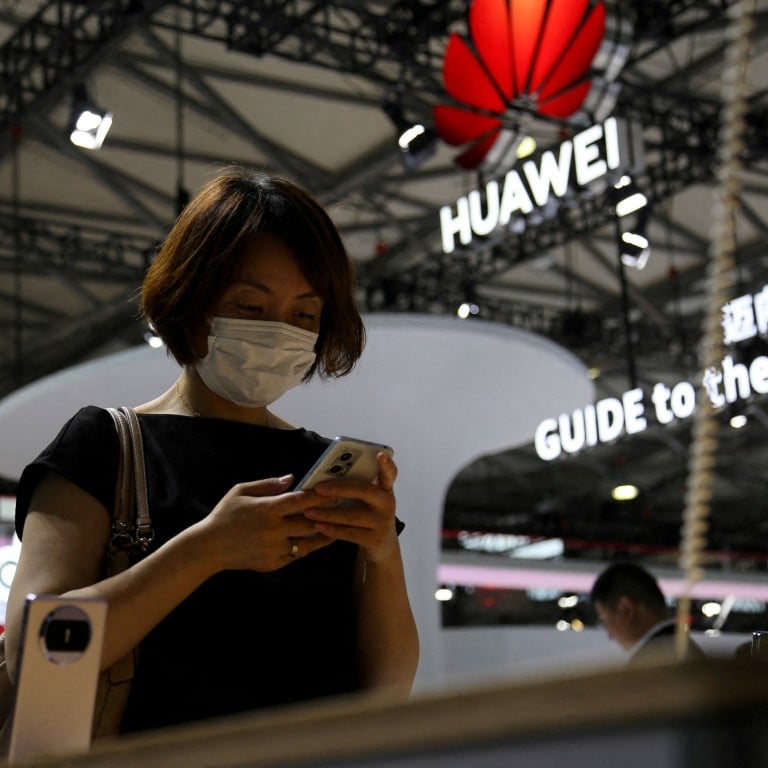
Growth returns to Huawei’s consumer business as smartphone sales rise again despite US sanctions
- The Chinese giant’s revenue grew more than 3 per cent in the first six months of the year, up from 0.8 per cent in the first quarter, the company says
- Sales from the consumer business group, which includes smartphones and electric vehicles, rose 2.2 per cent after two years of decline
Sales from the consumer business group, which includes smartphones and electric cars under the Aito brand, rose 2.2 per cent to 103.5 billion yuan, the company reported on Friday.
Huawei said its first-half performance was in line with forecast. While the Shenzhen-based company is privately held, it voluntarily discloses key financial data on a regular basis.
The improved results followed Huawei’s efforts to survive US sanctions by resuscitating its handset business and diversifying into new industries, including cloud computing and electric cars.
Huawei shipped a total of 14.3 million smartphones in China in the first half of 2023, up nearly 40 per cent compared to the same period last year, IDC data showed.
Huawei is expected to resume its release of 5G smartphones by the end of this year, as it gets a fresh supply of chips from local suppliers, according to a Reuters report last month that cited three unnamed research firms.

Revenue from intelligent automotive solutions, another segment that Huawei has been banking on to diversify its business, reached 1 billion yuan in the first half of 2023.
Cloud computing and digital power generated 24.1 billion yuan and 24.2 billion yuan in sales, respectively, posting “strong growth” according to Meng Wanzhou, daughter of Huawei founder Ren Zhengfei, who took up the rotating chairwoman role for the first time in April.
“Huawei has been investing heavily in foundational technologies to harness trends in digitalisation, intelligence and decarbonisation, focusing on creating value for our customers and partners,” Meng said.
From January to June, revenue from Huawei’s information and communications technology business – its key segment that includes 5G network gear – reached 167.2 billion yuan, the company said.


